Pressure clean is a powerful cleaning technique that involves spraying high-pressure water on surfaces to remove dirt, grime, mildew and other unwanted material. The water pressure is adjusted to suit the surface being cleaned. It can be very effective in cleaning difficult-to-reach spots and corners of the house or office. However, it can also damage the surface being cleaned if used incorrectly or on materials that are not suitable for pressure washing. Professionals use special equipment and know how to adjust the pressure of the water to safely and effectively clean different types of surfaces.
One of the most popular uses of a pressure washer is to clean wood decks and fences. Over time, they can become stained and covered with mildew, mold and debris that makes the whole area look dingy and depressing. Pressure washing can give them a new lease on life, restoring them to their original glory and making the entire property look brighter.
Concrete surfaces like sidewalks and driveways are another common surface that benefits from a good pressure wash. The high-powered water can easily remove stains and discoloration caused by oil, grease, automotive fluids, dust, and other substances that settle into the porous material. It’s best to pretreat heavily stained or discolored areas of concrete with a degreaser before using the pressure washer, and it’s always a good idea to use the yellow 15-degree nozzle for this task (though the higher-pressure red 0deg nozzle can be useful in very extreme cases).
Vinyl siding and other painted surfaces are also prone to dinginess and dullness, but a careful application of a low-pressure setting is usually enough to make them look as fresh and bright as they did when they were first installed. It’s important to keep in mind that these types of surfaces can be damaged if the pressure is too high, so a knowledgeable and experienced professional is usually the safest bet for this type of work.
A pressure washer can also be very helpful when it comes to cleaning the exterior of a car or other vehicle. It can be particularly effective on mud, caked-on grime and dirt that has accumulated in all the nooks and crannies of the vehicle’s body, under the wheels and the trunk.
While the results of a good pressure wash can be impressive, there are some things that should never be pressure washed, regardless of how dirty they might look. One such example is older paint that may contain lead. If the old paint flakes off during a pressure wash, it can be very dangerous for anyone that inhales or accidentally ingests the material. It’s also a good idea to avoid pressure washing shingles, as this can cause them to chip or peel and expose the fragile material beneath. If you are unsure about whether or not something should be pressure washed, contact professionals at GWS Pressure Cleaning to get their opinion before attempting it yourself. They can advise you on what should and shouldn’t be pressure washed on the various surfaces around your home or business.
